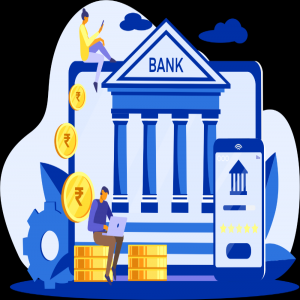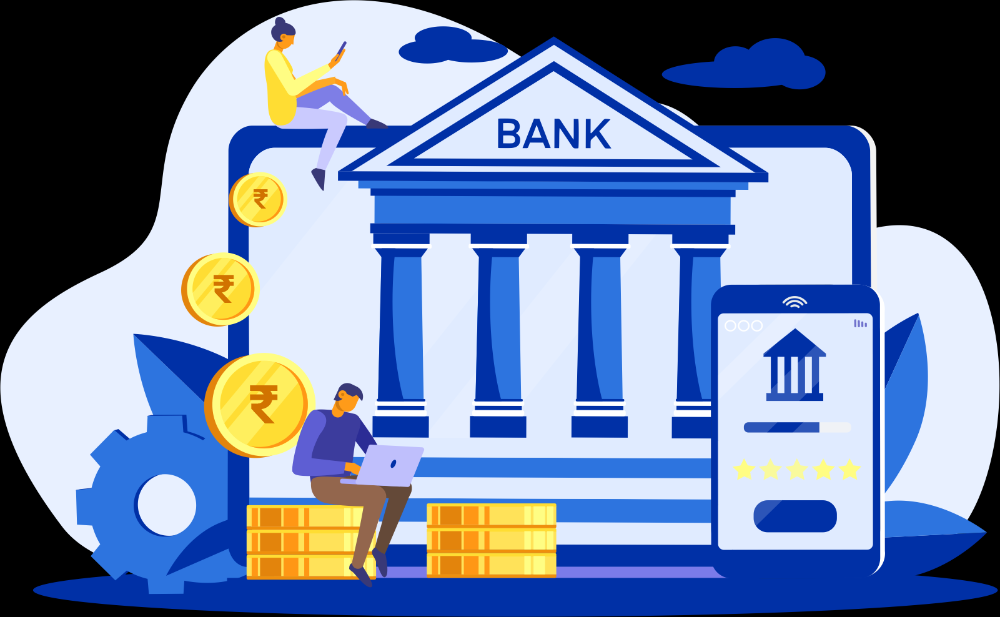
.png) Jaswant Kaur
Jaswant Kaur

Let's rewind to the grand announcement in 2014 when Prime Minister Narendra Modi introduced the Pradhan Mantri Jan Dhan Yojana (PMJDY). "Mera Khata, Bhagya Vidhaata," he said, igniting a spark of hope and anticipation, promising financial inclusion to millions of Indians who had long been excluded from the formal banking system. The initiative was hailed as a game-changer, a bold step toward bringing every household into the financial fold.
Suddenly, the banks conducted massive outreach programmes to achieve the set targets. A decade has passed, just in the blink of an eye, it seems. In a long LinkedIn post, Modi reflected back that for him, it was not just a policy but an endeavour to build an India where each has access to the formal banking apparatus.
"Many of you, especially the youth, would be thinking - why does this matter so much? After all, in this age, having a bank account would be very basic and even taken for granted. However, when we assumed office in 2014, the situation was very different. It was almost 65 years since Independence, but access to banking was a distant dream for almost half of our households. Theirs was a world where savings were kept at home, vulnerable to loss and theft. Access to credit was often at the mercy of predatory lenders. The absence of financial security held back so many dreams," he said.
True, not many had bank accounts. The scheme has certainly been able to open more than 53 crore bank accounts, as per official figures. Back then, no one would have imagined that so many bank accounts could even be opened? In fact, many thought that people, especially in the most backward and rural regions, may not show interest in the scheme, considering the operational difficulties they face in commuting from one place to the other on a regular basis, even for their daily chores. In view of this, the number certainly is humongous, especially when 65 per cent of the account holders are from rural or semi-rural regions. Not only this, around 30 crore women can now access the benefits of the banking system.
The numbers suggest that these accounts have a deposit balance of over Rs. 2.3 lakh crore, which is an average of Rs. 4300 in every account. A cumulative amount of Rs. 38.5 lakh crore has been transferred in these accounts for various government schemes, including Rs. 500 to around 20 lakh women during the COVID-19 pandemic, as per government data. In July 2024 alone, 14.4 billion transactions were processed as data from NPCI, with a considerable volume of low-ticket transactions of less than Rs. 500, indicating a massive shift in the way people from the bottom 30 per cent interact with digital payments.
However, if one goes a little deeper and beyond the popular narrative of empowerment, development, and financial inclusion, one finds a different story—one that speaks of dormant accounts, limited access to credit, and the unfulfilled promise of financial inclusion in the true sense.
Data reveals that one out of every five accounts is inoperative! These inoperative accounts hold a deposit of around Rs. 11,500 crore. Like the farmers raising their voices to demand financial security, many Jan Dhan account holders struggle to see any real benefit from their newfound access to the banking system. The scheme comes with a zero-balance bank account, a Rupay card, accidental insurance of one lakh rupees, and an overdraft facility of five thousand rupees. Many would think this is lucrative, especially for those who have never had insurance or an overdraft.
Yes, millions of accounts have been opened, but the promised financial empowerment does not seem to exist in most cases. For many, the excitement of opening a bank account quickly fades when they realise that having an account does not necessarily translate to financial security. Without regular transactions, these accounts serve no good purpose except for being mere numbers to be quoted in speeches.
And what about access to credit? Financial inclusion is not just about having a bank account—it is about being able to access the financial services and products that come with it. Yet, for many Jan Dhan account holders, access to affordable credit remains a distant dream. Microloans, small business loans, agricultural credit—these are the lifelines that can help lift people out of poverty. But without access to credit, millions of Jan Dhan account holders remain trapped in the cycle of financial exclusion. Their accounts may be open, but the doors, which can open several opportunities, remain closed. They still find it easy to borrow money from local lenders or microfinance companies, which require minimum documentation but extract a huge chunk of money as interest.
In fact, microfinance institutions have shown remarkable growth over the last few years, capturing 41 per cent of the loan market, while scheduled banks (with the largest share of Jan Dhan Accounts) have only 28 per cent! A study published last year found that the loan disbursement rate is three times that of scheduled commercial banks. In other words, credit remains out of reach for Jan Dhan account holders.
Besides, the challenges that infrastructural gaps have been posing are not unknown. People travel long distances just to access basic banking services, only to find that the system is not designed with their needs in mind. The lack of adequate infrastructure is a glaring oversight in a scheme that promised to revolutionise the way people interact with the financial system.
The Jan Dhan Yojana was supposed to be about more than just opening bank accounts; it was supposed to empower people to use those accounts effectively. But what good is a bank account if you don't know how to use it? In rural areas, where access to education and information is already limited, many account holders lack the knowledge to fully utilise their bank accounts. Digital transactions, credit facilities, and savings options—these remain out of reach for those who don't understand the complexities of the banking system.
In the name of financial literacy, the website of Jan Dhan Yojana has some Informative Educational Content (IEC), which certainly cannot be accessed by most of the people in the rural regions. In fact, an English booklet with the branding of the apex bank has been uploaded. Even if one logs on to the website, how applicable would this content be for a layman, who has never ever used a bank account. When this writer tried to access the list of financial literacy skill centres, the page showed a rather unexpected message. "This is a marker file generated by the precompilation tool, and should not be deleted!" Well, the link did not generate any files!
In other words, we have to go a long way to achieve financial inclusion in the true sense. The focus must shift from mere scaling numbers to achieving meaningful and deep change, from merely opening accounts to educating the account holders on using the account and accessing other financial products. Had this been the focus, these accounts would have acted as an economic empowerment tool.